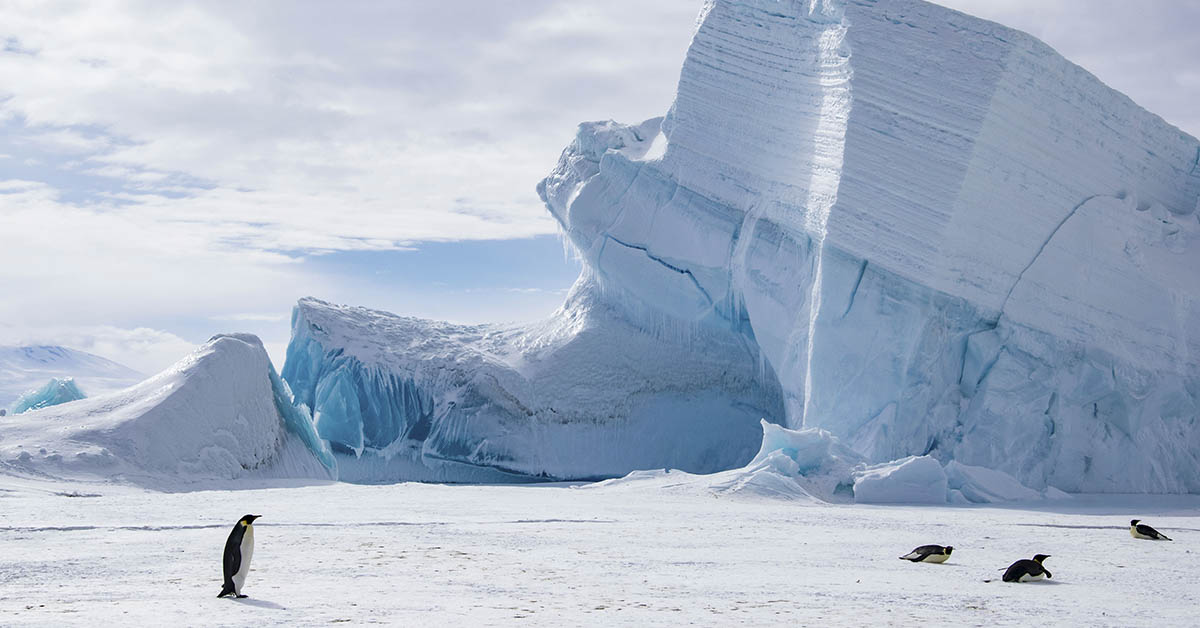Chances are that when you think of Antarctica, you picture a desolate and frozen landscape. However, believe it or not, this continent was once lush and full of life before starting to drift to its current position around 34 million years ago. Researchers have now discovered the vast landscape that has been buried beneath ice for millions of years. Located far from the coastline, this terrain is estimated to be the size of Belgium and can be found in a region known as Wilkes Land.
Uncovering the Ancient World Under Antarctic Ice

The research team used radars and satellite data to reveal the ancient terrain hidden beneath the ice. This now barren landscape once featured forests, rivers, and potentially even palm trees. Previous research had uncovered samples of palm tree pollen along the coastline, providing intriguing evidence of a once lush and green landscape. It wasn’t just a small isolated area, either, but is estimated to span more than 12,000 square miles. According to the study’s lead author, Stewart Jamieson of Durham University, “It’s like uncovering a time capsule.”
Why Antarctica Froze Over
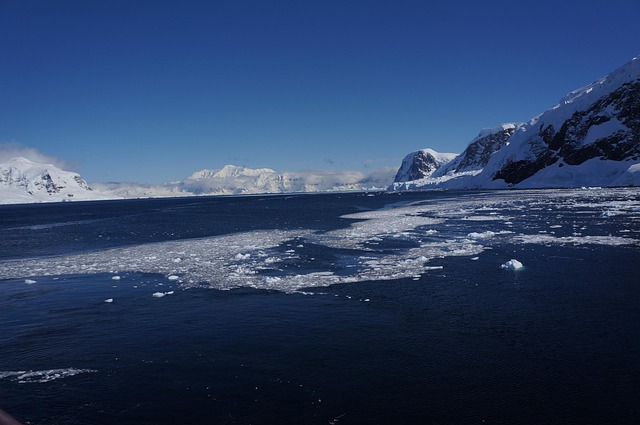
Around 34 million years ago, Antarctica started to drift southward, breaking off from Australia and South America. At the same time, global temperatures began to drop and the planet’s ocean currents shifted. A powerful ocean current formed around the continent, effectively cutting it off from warmer waters. This led to the gradual formation of ice sheets that cover the continent today. How much do we know about this ancient world under Antarctic ice? Practically nothing. As Jamieson put it, “The land underneath the East Antarctic ice sheet is less well-known than the surface of Mars.”
What They Have Found

At the moment, the team is exploring a small part of the landscape in greater detail. They hope that it will reveal more about the area’s evolution over time as well as the ice sheet that covers it. So far, their data has revealed deep valleys and towering ridges that have effectively been frozen in place for millions of years. Three huge blocks of elevated ground have been identified. Each of them is said to be somewhere between 75 and 105 miles long and up to 53 miles wide. Additionally, they were separated by valleys that fell almost 3,900 feet and were 25 miles wide.
Slow Glacial Movement
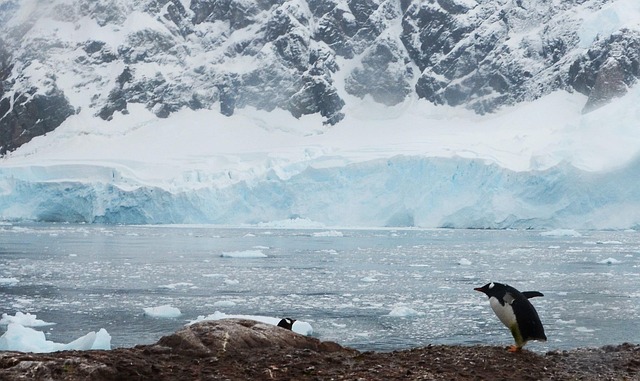
The ice in this part of Antarctica is very slow-moving and cold. Unlike many other glaciers, these move less than 16 feet per year, which has preserved the ancient landscape in great detail. This ice is typically frozen to the ground, which causes minimal erosion. This is referred to as a ‘cold-based’ ice sheet by scientists. As co-author of the study, Neil Ross, put it, “It is remarkable that this landscape, hidden in plain sight for many years, can tell us so much about the early and long-term history of the East Antarctic ice sheet. It also helps us understand how it might evolve in response to future climate change.”
The Researchers Used Satellite Imagery
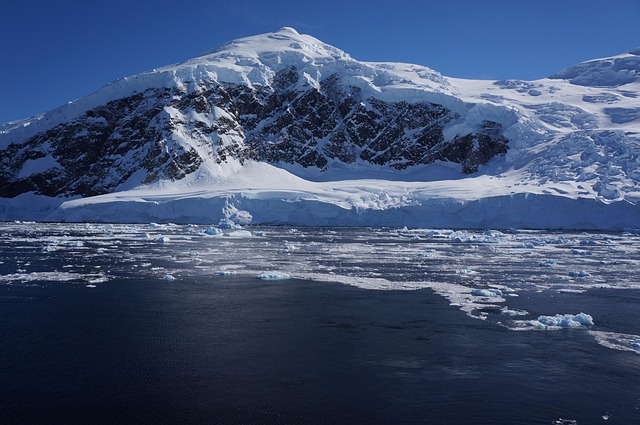
Using satellite imagery and advanced computer models, the research team was able to pick up subtle bumps on the surface and reveal how the terrain has shifted over time. Some of the areas were gradually pushed upward, rising a much as 1,600 feet. This perfectly preserved landscape has provided the team with a glimpse into the past, before Antarctica was covered in a deep sheet of ice. According to Jamieson, “What we find is an ancient land surface that has not been eroded by the ice sheet, and instead it looks like it was created by rivers before the ice came along.”
A Very Different Landscape
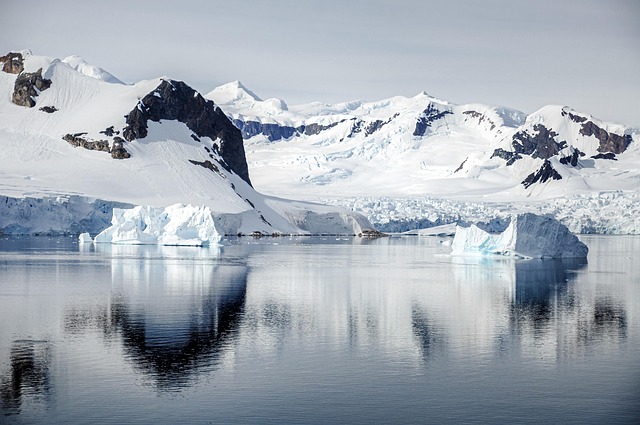
The entire region once enjoyed a temperate climate, with dense forests and rivers likely being a common feature. However, deep cracks formed as the supercontinent known as Gondwana started to break apart. This is thought to have split the high ground, creating distinct blocks before the arrival of the first glaciers. These small glaciers formed when the climate began to cool, slowly carving deep valleys until the East Antarctic Ice Sheet covered the region around 14 million years ago.
How Will It Look In the Future?

This landscape has even remained frozen during subsequent warm periods, including the mid-Pliocene. Even though some of the ice surrounding this region could have partially melted during the warmer periods, it never grew hot enough to fully expose the ancient world under Antarctic ice. However, climate change could cause these ice sheets to disappear in the future, especially due to increasing carbon dioxide levels and temperatures. The team plans to continue exploring the landscape and learning more about how it has changed over the centuries.
The Bottom Line
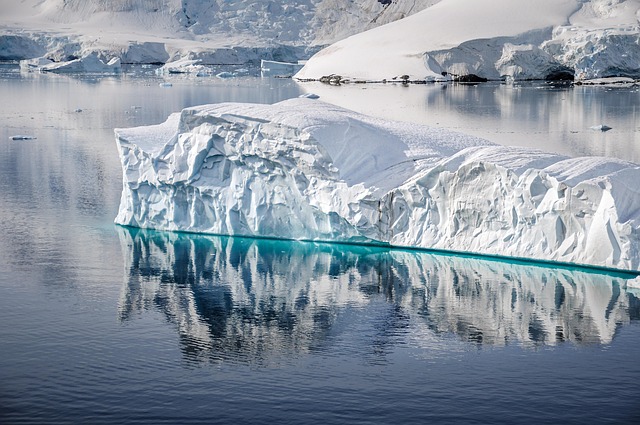
The discovery of this ancient world under Antarctic ice has provided researchers with a window into the distant past of our planet. It has been revealed that the land below the ice was once full of forests and rivers, a very different landscape from the one we see today. As the team continues to explore this region, our understanding of Antarctica in the past, present, and future continues to grow.
Read More: Scientists Propose Releasing 12 Million Tons of Particles Into Atmosphere to Combat Climate Change
